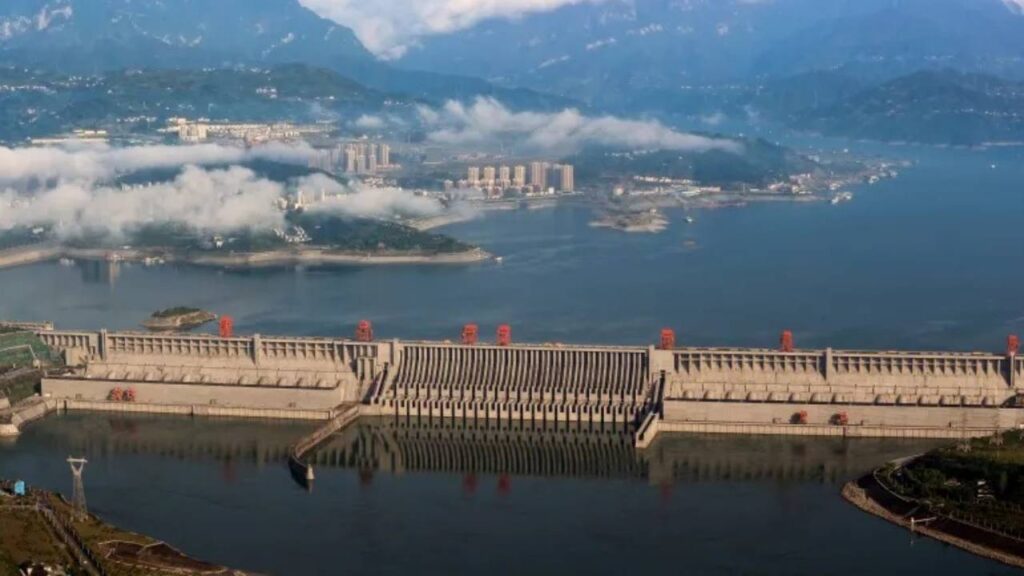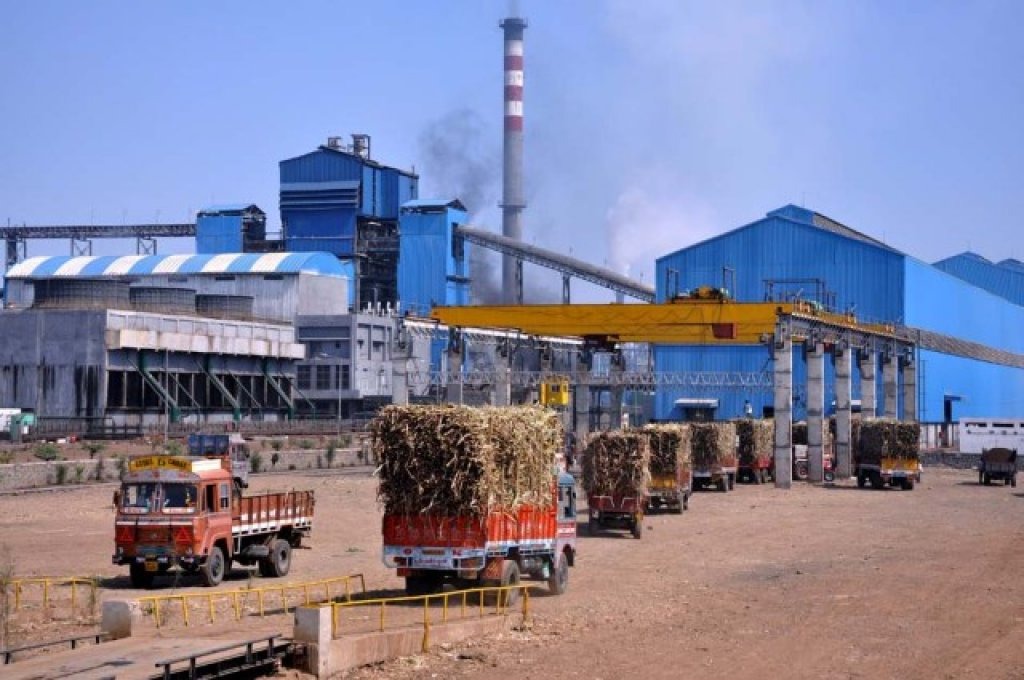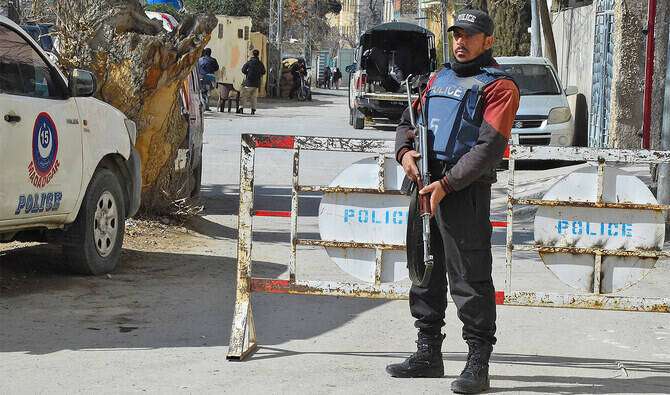High in Tibet’s icy mountains, a colossal Chinese hydropower dam is under construction — and India fears it could choke the lifeline of millions. New Delhi’s own analysis warns Beijing’s project on the Yarlung Zangbo, which becomes the Siang and Brahmaputra in India, might cut dry-season flows by up to 85%. China, however, dismisses such fears. A spokesperson for its foreign ministry told Reuters the hydropower projects “have undergone rigorous scientific research on safety and environmental protection, and will not adversely impact the water resources, ecology, or geology of downstream countries.”
India’s response is the Upper Siang Multipurpose Storage Dam in Arunachal Pradesh, envisioned as the nation’s largest. With a storage capacity of 14 billion cubic meters, it could ease shortages, regulate flows, and blunt any sudden release from China’s side. Officials estimate that without the project, Guwahati’s water supply could shrink by 25% in dry months; with it, losses may be reduced to around 11%. Delhi is also considering keeping a third of the reservoir empty to absorb unexpected surges.
Beijing insists its $170 billion mega-dam poses no danger, citing strict environmental and safety reviews. Indian officials remain unconvinced, raising the issue repeatedly in diplomatic talks. At the same time, Delhi faces criticism from Pakistan, which accuses India of weaponizing water after it suspended participation in a 1960 river-sharing treaty.
Resistance at home is proving just as fierce. The Adi community in Arunachal Pradesh, whose villages and farms lie in the proposed storage zone, has protested vigorously. In May, residents of Parong damaged equipment and blocked workers from the National Hydroelectric Power Corporation (NHPC), vowing to resist any project that would submerge their land. At least 16 villages could be lost, directly displacing about 10,000 people and disrupting the lives of many more.
Arunachal Pradesh’s chief minister, aligned with Prime Minister Modi’s party, supports the project, calling it vital for water security and flood protection. NHPC has earmarked over $3 million for compensation, education, and infrastructure to persuade communities. Some villages have recently allowed officials to carry out work, though opposition remains strong.
Even if approved soon, the Upper Siang dam would take a decade to complete — meaning China’s project, expected to generate power by the early-to-mid 2030s, could reshape the river first. With both mega-dams rising in a seismically active, flood-prone zone, experts warn Asia’s contest over water carries as many risks as it does ambitions.







